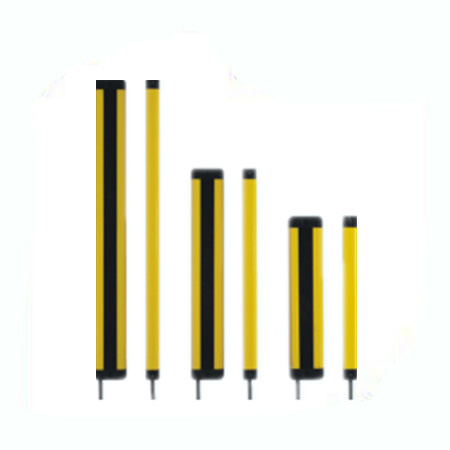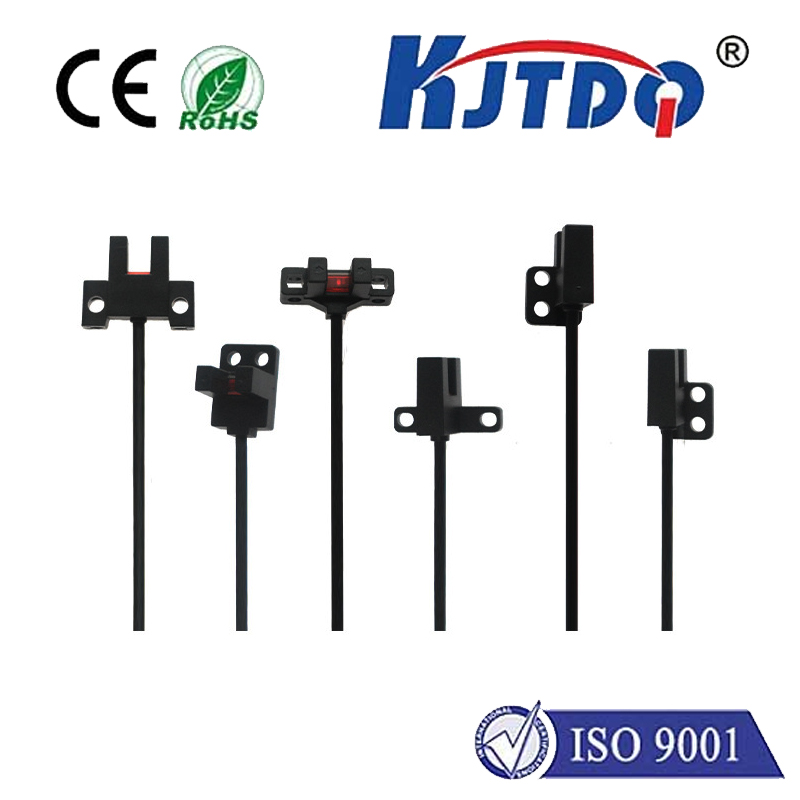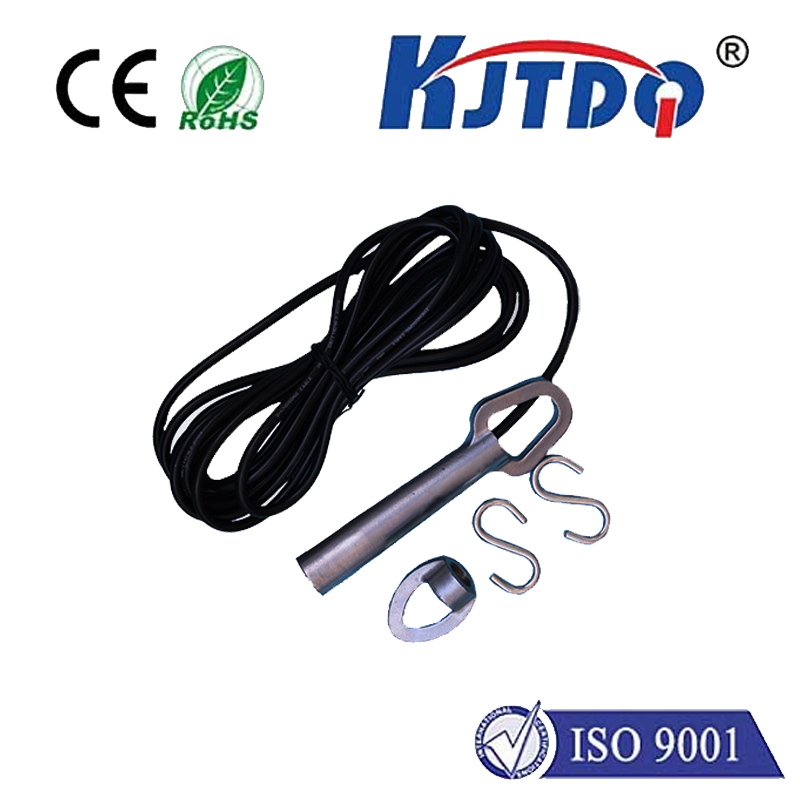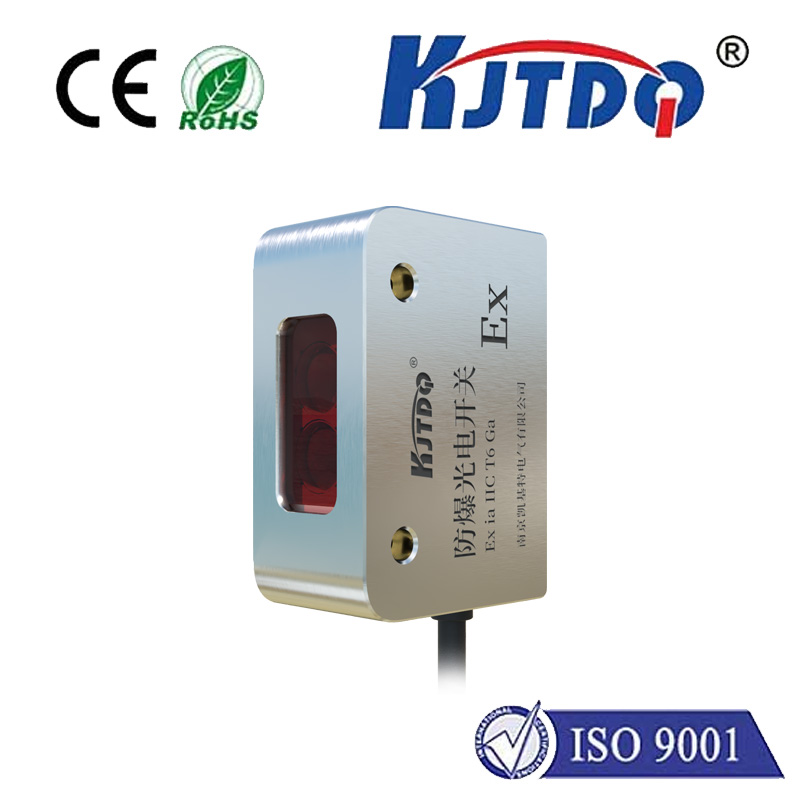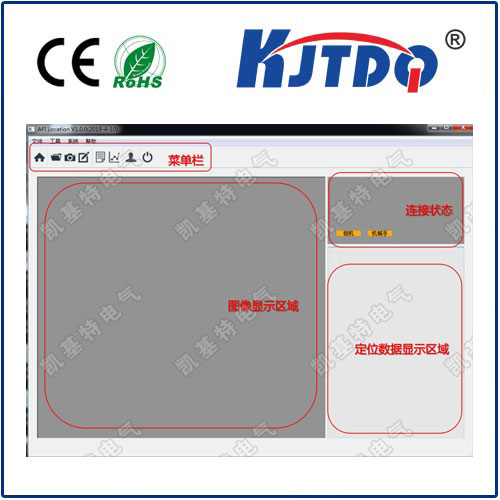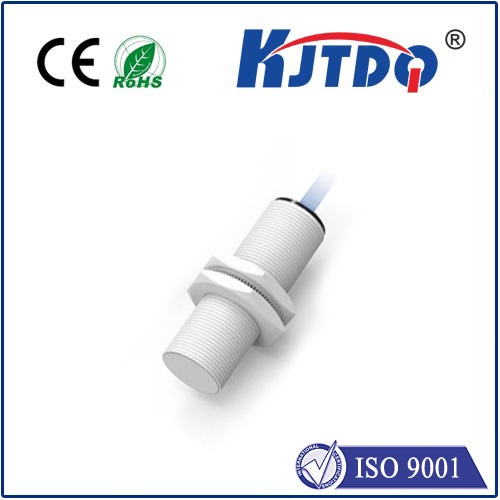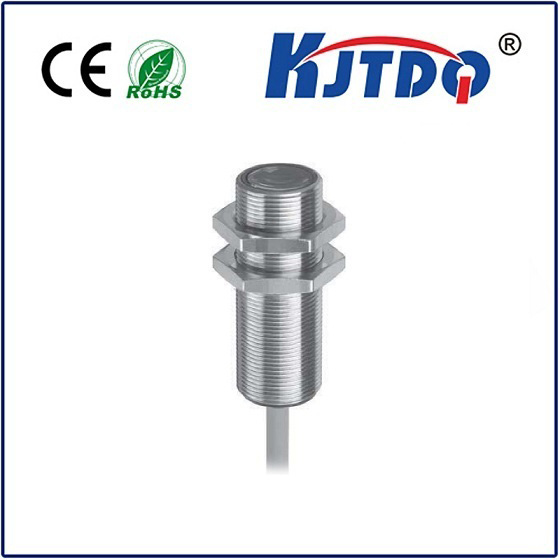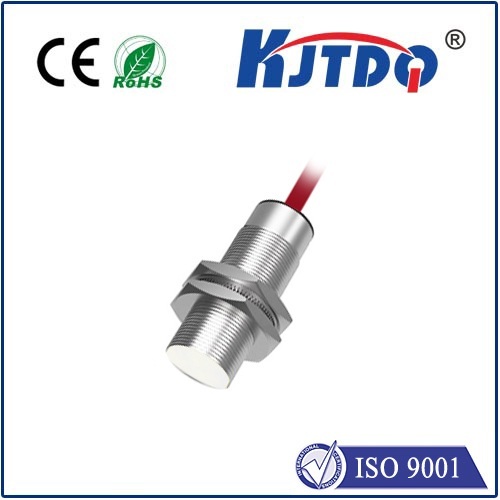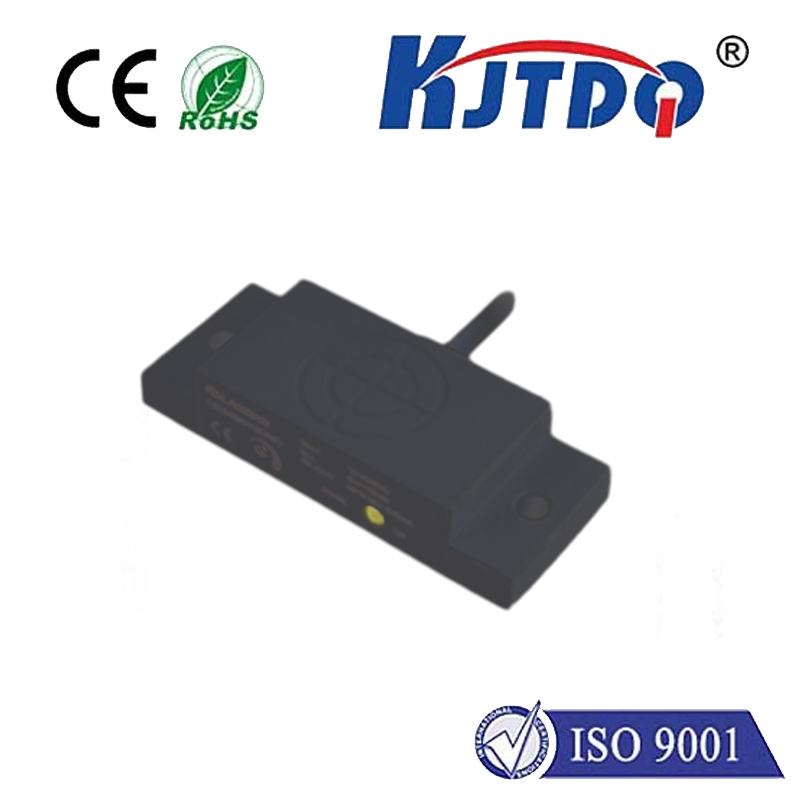
check

check

check

check
Understanding the Geared Rotary Limit Switch: A Fundamental Component in Industrial Control Systems
The realm of industrial automation and control systems is replete with intricate components, each serving a unique function crucial to the seamless operation of machinery. Among these essential parts is the geared rotary limit switch, an often underappreciated yet vital element that plays a significant role in ensuring precision and reliability in a variety of applications. In this article, we'll delve into the characteristics, functions, and applications of the geared rotary limit switch, shedding light on its importance within the broader industrial ecosystem.
What is a Geared Rotary Limit Switch?
A geared rotary limit switch is a type of switch that is designed to detect the position or rotation of a shaft. It consists of a switch mechanism, typically a vane-style, mounted on a rotating shaft, which interacts with a gear assembly. As the shaft turns, the gears translate this motion into actuation of the switch, triggering an electrical signal when a predefined rotation point is reached. This signal can then be used for a variety of control purposes within industrial machinery.

Key Features and Advantages
One of the primary advantages of geared rotary limit switches is their ability to provide accurate and repeatable position sensing over a full 360 degrees of rotation. The addition of gears allows for increased flexibility in terms of switch actuation angles, making it easier to set precise limits for machinery movement. The mechanical nature of the device also means it is less susceptible to electrical noise than other types of sensors, leading to more reliable performance in harsh industrial environments.
Applications in Industrial Machinery
Geared rotary limit switches are ubiquitous across various sectors including manufacturing, packaging, and material handling. They are commonly found in conveyor systems where accurate detection of pallet or item position is required for efficient sorting or transfer points. Within robotic arms, they serve as endpoint sensors, indicating when the arm has reached its maximum extension or retraction. Additionally, in HVAC systems, they might regulate the positioning of dampers or valves by signaling when they have opened or closed to the desired degree.
Installation and Maintenance Considerations
Installing a geared rotary limit switch requires careful consideration of the machinery's specifications and operational requirements. Proper alignment between the shaft, gear, and switch is crucial to ensure accuracy. Regular maintenance, such as lubrication of moving parts and inspection for wear and damage, will extend the lifespan and maintain the reliability of the switch.
The Future of Geared Rotary Limit Switches
As technology advances, there is ongoing innovation in the design and functionality of geared rotary limit switches. Smart switches with integrated diagnostics and connectivity features are becoming more prevalent, allowing for remote monitoring and predictive maintenance capabilities. Moreover, the development of more compact and durable materials opens up new possibilities for their use in challenging environments, such as extreme temperatures or explosive atmospheres.
In conclusion, the geared rotary limit switch is a fundamental component within industrial control systems, providing essential position feedback for machinery and equipment. Its robust construction and precise actuation make it an indispensable part of any automated process where accuracy and reliability are paramount. As industries continue to evolve, so too will the designs and capabilities of these critical devices, further enhancing their role in shaping the future of automation.
